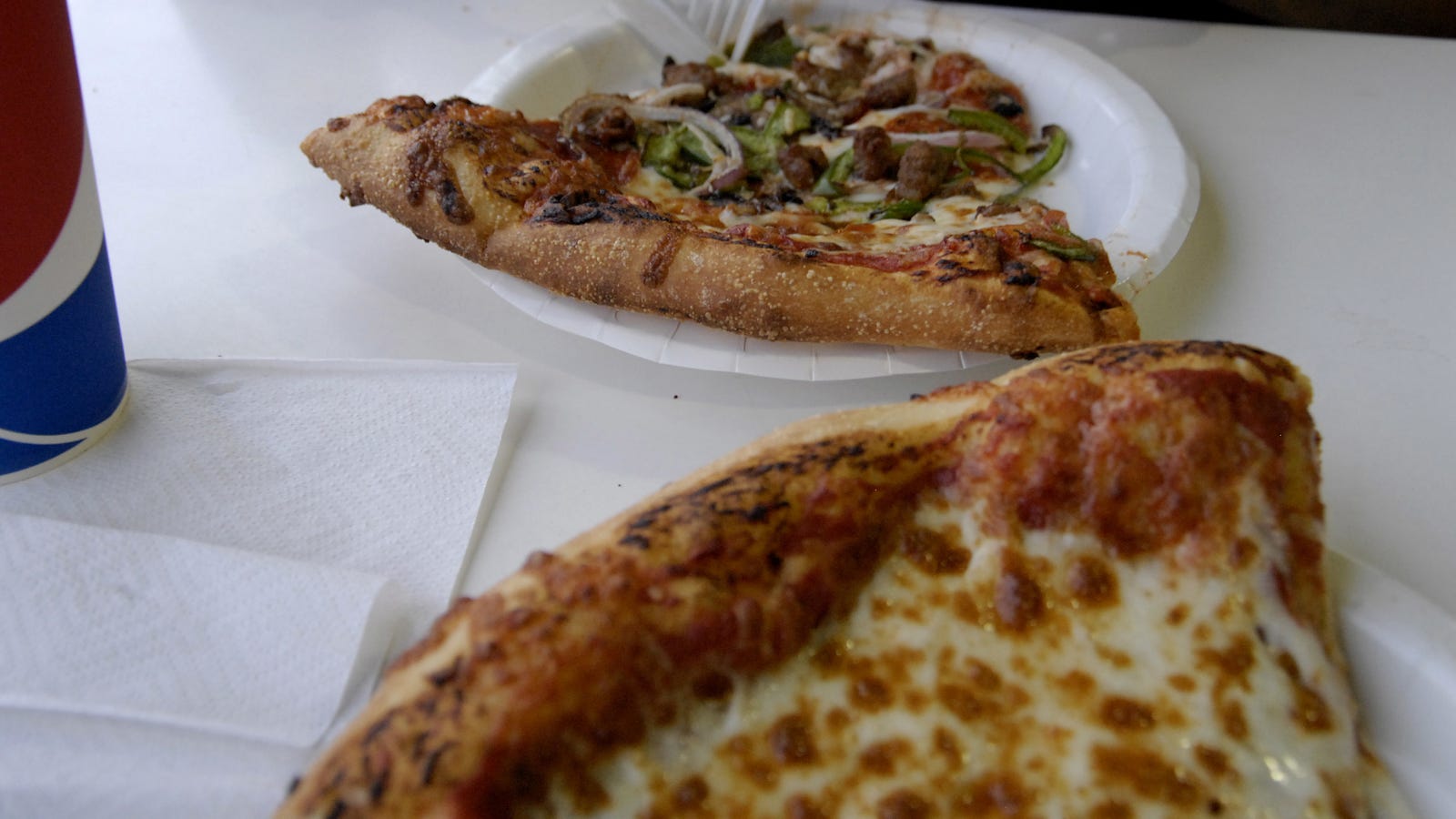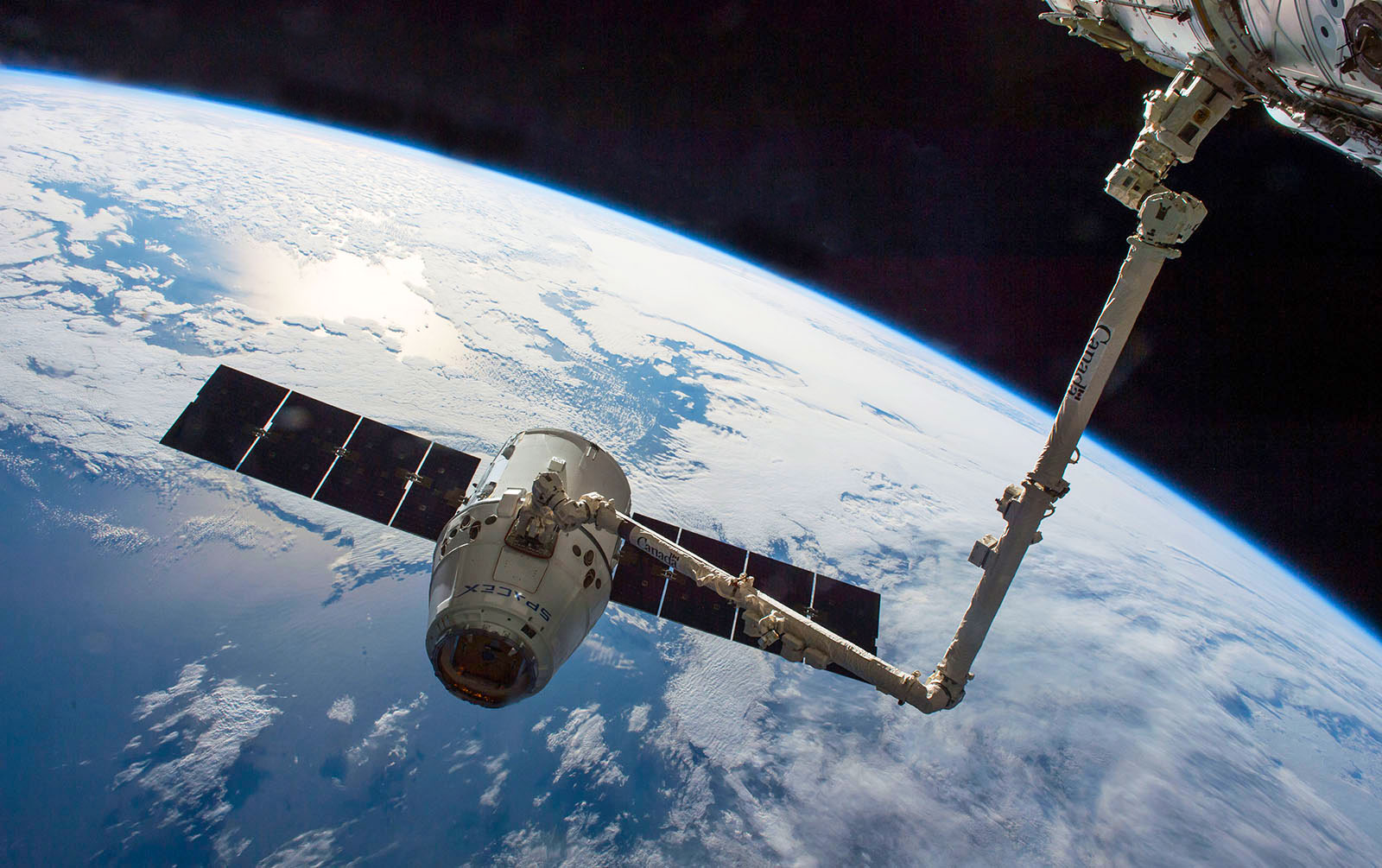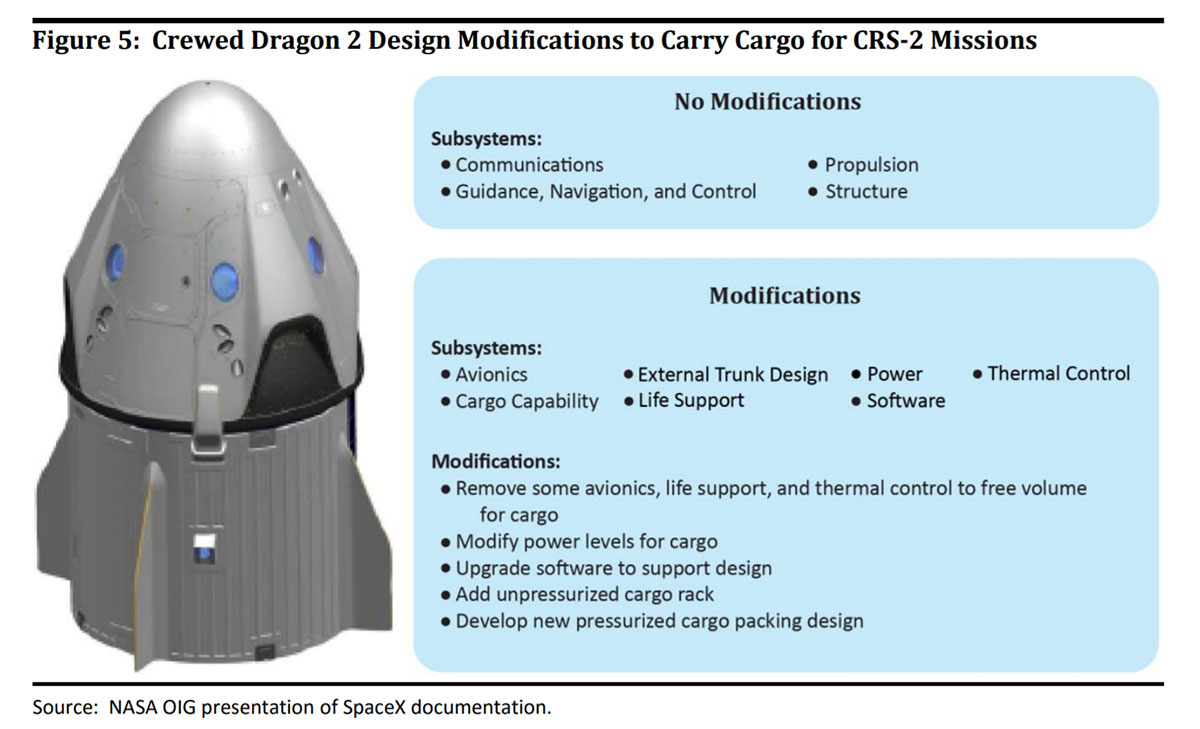The tsunami-driven seawater that engulfed Japan’s Fukushima Daiichi nuclear plant has long since receded. But plant officials are still struggling to cope with another dangerous flood: the enormous amounts of radioactive water the crippled facility generates each day. More than 1 million tons of radiation-laced water is already being kept on-site in an ever-expanding forest of hundreds of hulking steel tanks—and so far, there’s no plan to deal with them.
The earthquake and tsunami that hammered Fukushima on March 11, 2011 triggered meltdowns in three of its six reactors. That left messes of intensely radioactive fuel somewhere loose in the reactor buildings—though no one knows exactly where. What is known, however, is that every day, as much as much as 150 tons of groundwater percolates into the reactors through cracks in their foundations, becoming contaminated with radioactive isotopes in the process.
To keep that water from leaking into the ground or the Pacific, Tepco, the giant utility that owns the plant, pumps it out and runs it through a massive filtering system housed in a building the size of a small aircraft hangar. Inside are arrays of seven-foot tall stainless steel tubes, filled with sand grain-like particles that perform a process called ion exchange. The particles grab on to ions of cesium, strontium, and other dangerous isotopes in the water, making room for them by spitting out sodium. The highly toxic sludge created as a byproduct is stored elsewhere on the site in thousands of sealed canisters.
This technology has improved since the catastrophe. The first filtering systems, installed just weeks after the disaster by California-based Kurion Inc. (which has since been bought by Veolia, a French resource management company), only caught cesium, a strong gamma radiation emitter that makes it the most dangerous of the isotopes in the water. The tubes in those arrays were filled with highly modified grains of naturally occurring volcanic minerals called zeolites. By 2013, the company developed entirely artificial particles—a form of titano silicate—that also grab strontium.
The filters, however, don’t catch tritium, a radioactive isotope of hydrogen. That’s a much trickier task. Cesium and strontium atoms go into solution with the water, like sugar in tea; but tritium can bond with oxygen just like regular hydrogen, rendering the water molecules themselves radioactive. “It’s one thing to separate cesium from water, but how do you separate water from water?” asks John Raymont, Kurion’s founder and now head of Veolia’s nuclear solutions group. The company claims to have developed a system that can do the job, but Tepco has so far balked at the multi-billion dollar cost.
So for now, the tritiated water is pumped into a steadily growing collection of tanks. There are already hundreds of them, and Tepco has to start building a new one every four days.
Tepco has at least reduced the water’s inflow. As much as 400 tons per day was gushing in just a couple of years ago. In an effort to keep the groundwater from getting in, Tepco has built a network of pumps, and in 2016 installed an underground “ice wall”—a $300 million subterranean fence of 30-yard-long rods through which tons of sub-zero brine is pumped, freezing the surrounding earth. All of which helps, but hasn’t solved the problem.
Tritium is far less dangerous than cesium—it emits a weaker, lower-energy form of radiation. Still, all that tritiated water can’t just be stored indefinitely. “Some of those tanks and pipes will eventually fail. It’s inevitable,” says Dale Klein, a former head of the US Nuclear Regulatory Commission who has been consulting with Tepco since the early days following the disaster. (In fact, hundreds of tons of water leaked out of the tanks in 2013 and 2014, sparking an international outcry. Tepco has since improved their design.)
Klein, among others, believes that the concentrations of tritium are low enough that the water can safely be released into the sea. “They should dilute and dispose of it,” he says. “It would be better to have a controlled release than an accidental one.”
But the notion of dumping tons of radioactive water into the ocean is understandably a tough sell. Whatever faith the Japanese public had left in Tepco took a further beating in the first couple of years after the meltdowns, when several investigations forced the company to acknowledge they had underreported the amount of radiation released during and after the disaster. Japan’s fishing industry raises a ruckus whenever the idea of dumping the tritiated water is broached; they already have to contend with import restrictions imposed by neighboring countries worried about eating contaminated fish. Japan’s neighbors including China, Korea, and Taiwan have also objected.
For now, all Tepco can do is keep building tanks, and hope that someone comes up with a solution before they run out of room—or the next earthquake hits.
Radioactive Response








